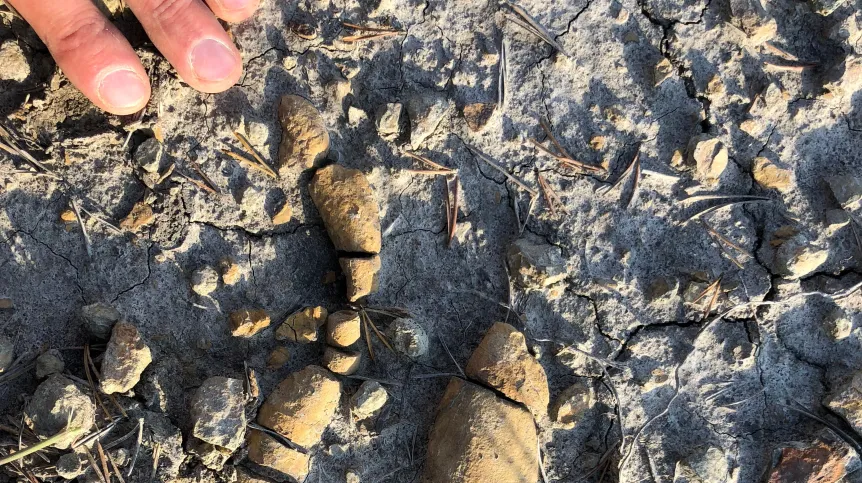
Scientists from Poland and Sweden have analyzed over 500 fossilized faeces (coprolites) to reconstruct ancient food webs and gain new insights into the evolution of dinosaurs.
The research, published in Nature, provides a fresh perspective on how dinosaurs rose to dominance and sheds light on the complex ecosystems that existed more than 200 million years ago.
The study reveals that the diversity of fossilized food remains — including fish, insects, and plant matter — mirrors the gradual evolution of dinosaurs and the changing landscapes they inhabited.
According to the researchers, it was climatic shifts and transformations in vegetation during the Late Triassic and Early Jurassic periods that created favorable conditions for the dinosaurs’ rise, allowing them to adapt from small omnivorous creatures to the giant herbivores and carnivores we recognize today.
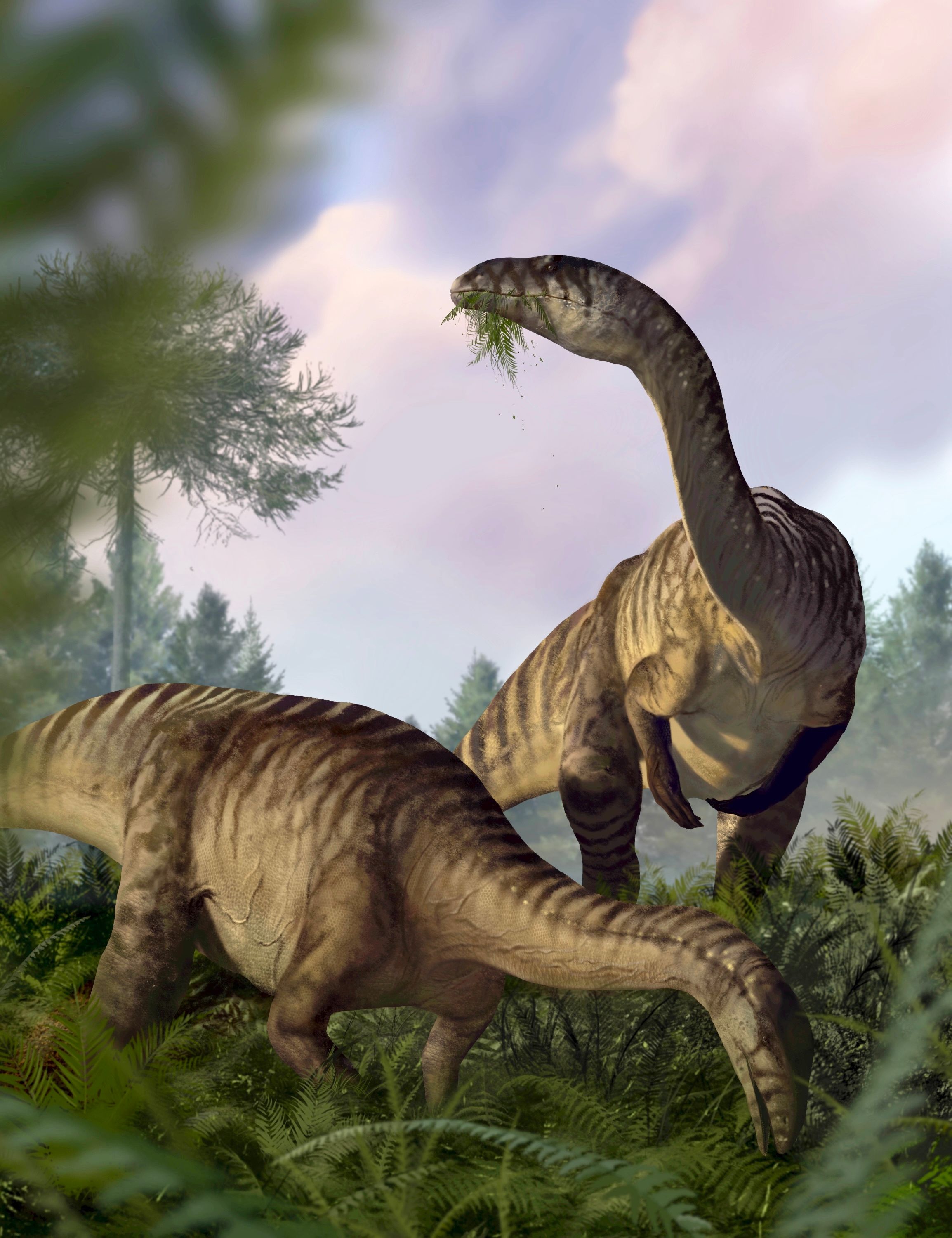
The key to understanding this evolutionary story lies in coprolites, fossilized excrement, which the team studied in detail. While coprolites have long been overlooked as mere curiosities, the Polish-Swedish research team demonstrated their immense potential in reconstructing ancient food webs and trophic relationships between species. This approach represents a significant departure from traditional dinosaur research, which largely focuses on skeletal remains.
“The main goal of our research is to view prehistoric life through the lens of ecology, analyzing trophic interactions across entire ecosystems,” says Dr. Grzegorz Niedźwiedzki, the lead author of the paper and a palaeobiologist at Uppsala University and the Polish Geological Institute. “Previous studies on dinosaurs typically focus on bones, footprints, and other traces of death. By examining coprolites, we can explore life, not just death.”
A Journey That Began Decades Ago
The inspiration for the study began more than 25 years ago, when Niedźwiedzki first encountered coprolites as a student. At the time, they were largely considered scientific curiosities, with much of the attention focused on dinosaur bones and teeth. However, Niedźwiedzki’s interest in these fossilized remains grew, and over time he collected numerous specimens during various excavations.
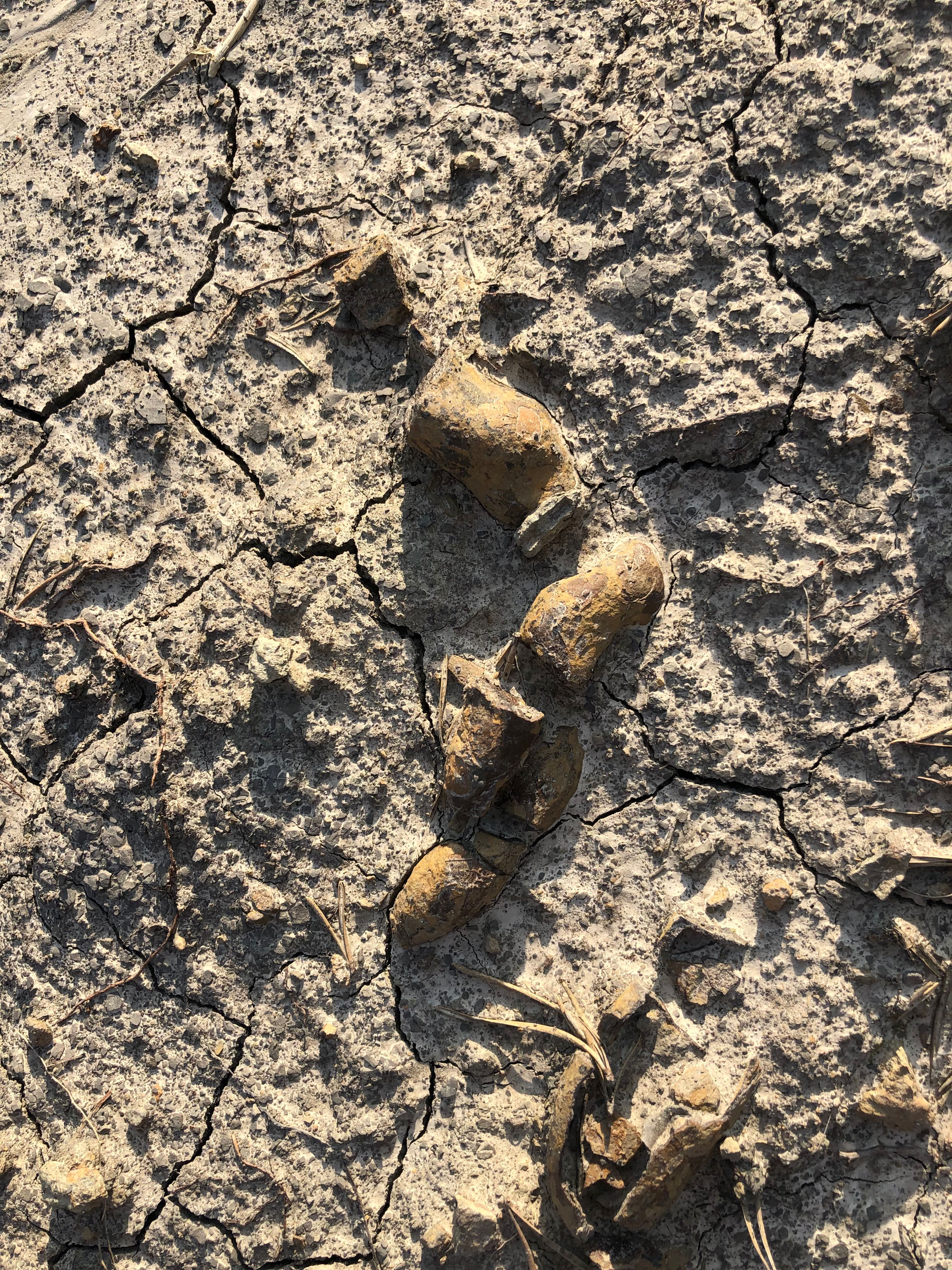
Several years later, while working at Uppsala University, Niedźwiedzki and a doctoral student came up with the idea to study the coprolites using X-ray technology, specifically the advanced imaging techniques available at the European Synchrotron Radiation Facility in Grenoble, France. This novel approach allowed the researchers to explore the internal structure of the coprolites without damaging them, revealing an astonishing wealth of well-preserved material.
"We were amazed when we first saw the X-ray images. Inside these coprolites was a true palaeontological treasure trove," Niedźwiedzki recalls. "We could clearly identify well-preserved food particles, including fish scales, bones, and plant remains. Over the next five years, we continued to analyze this material in greater depth."
A 30 Million-Year Evolutionary Snapshot
The study spans a 30-million-year period, from 230 to 200 million years ago, focusing on the evolution of dinosaurs and their changing dietary patterns. The researchers identified five distinct phases, each shedding light on the gradual development of ecosystems dominated by dinosaurs.
In the earliest phase, around 230 million years ago, Silesaurus — a small, omnivorous dinosauriform — was a key player. This two-meter-long creature feasted on plants, insects, and even fish, revealing the first signs of dietary diversification among early dinosaurs.
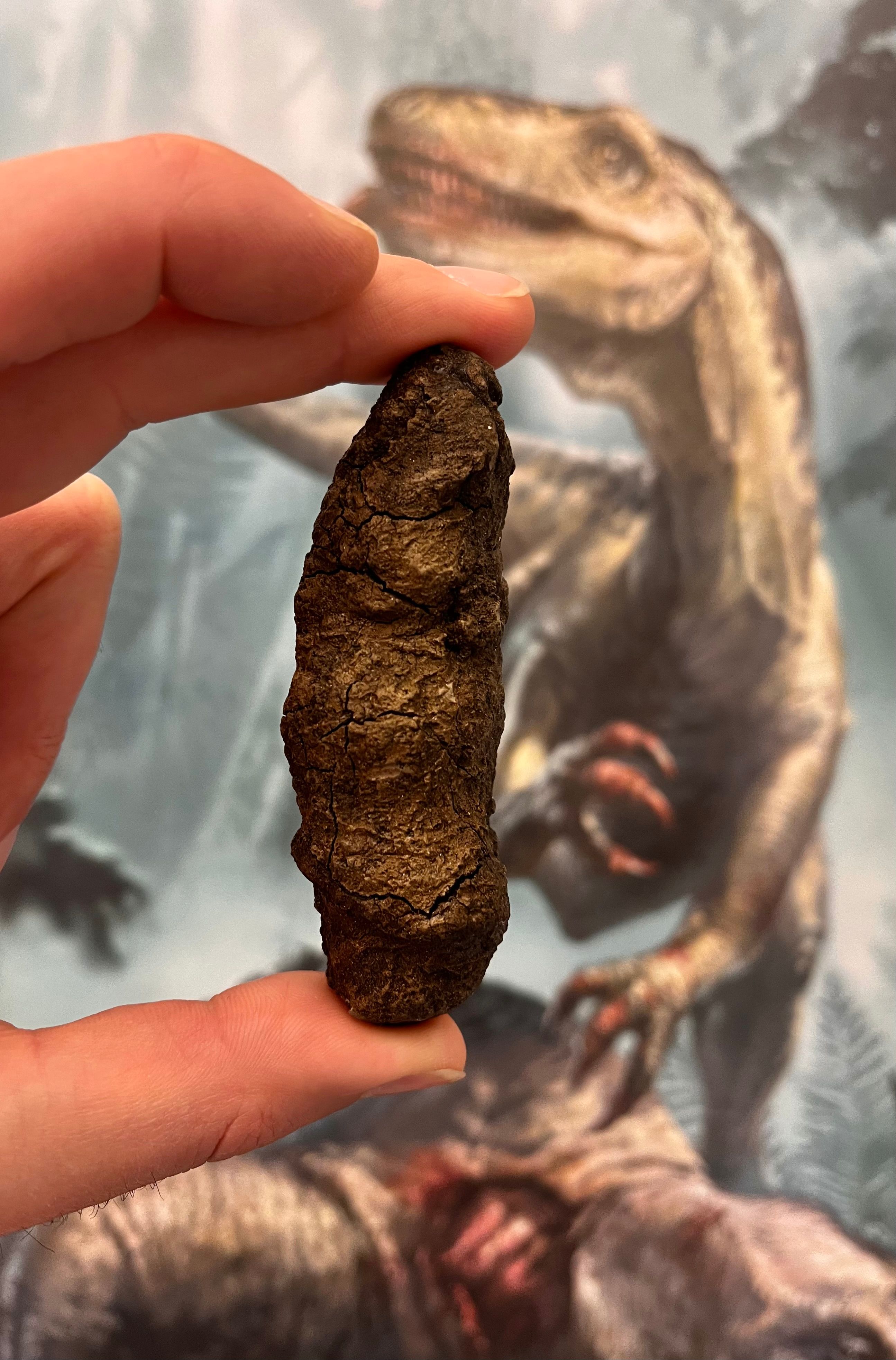
As the timeline progresses, the researchers observe a shift towards larger predatory dinosaurs. In one particularly surprising discovery, they found that fish was a predominant part of their diet, not an occasional treat but a mainstay in their food sources.
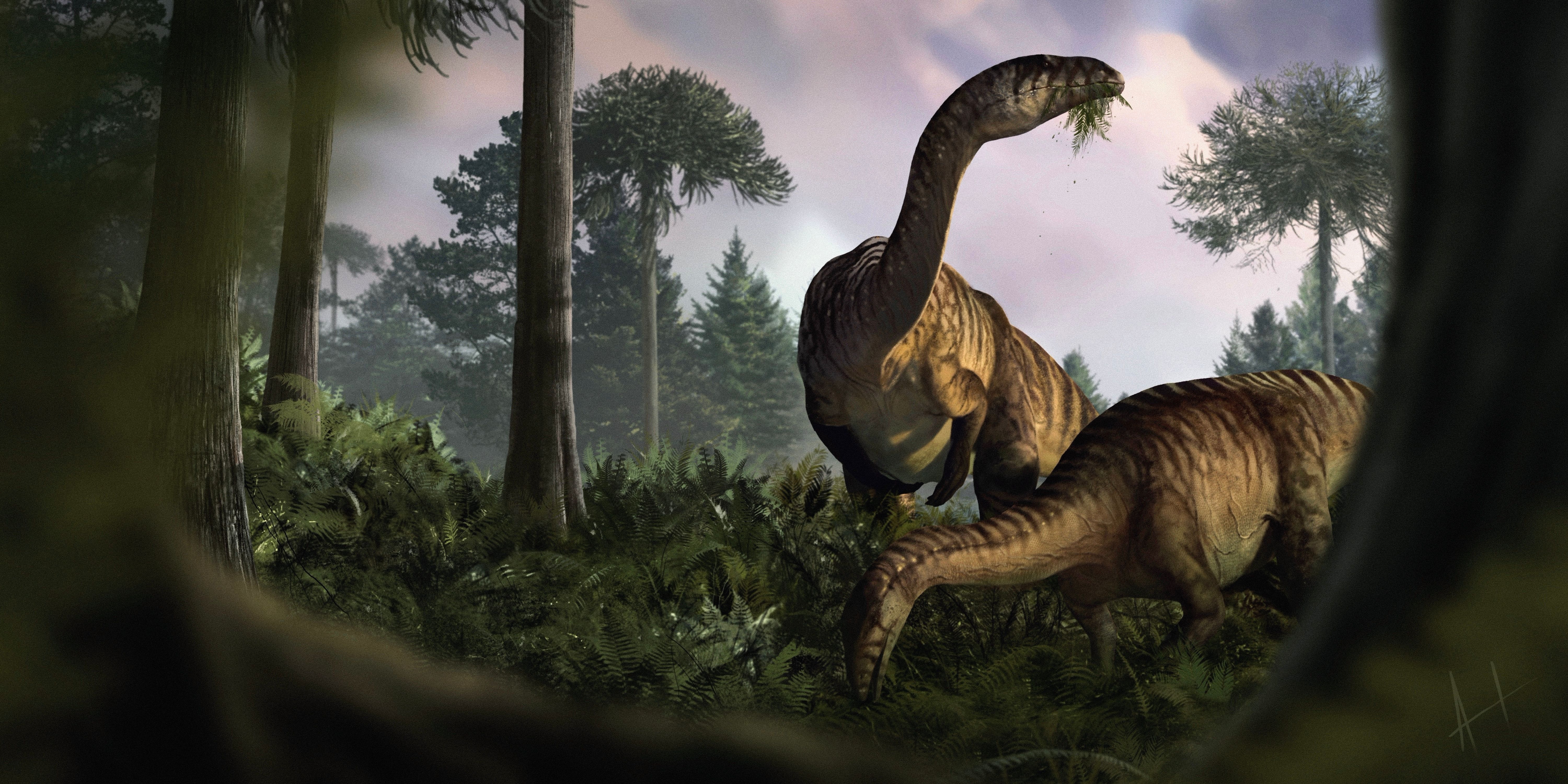
A few million years later, the researchers encountered fossilized remains from larger predatory dinosaurs, which had emerged to replace archaic reptiles. During this period, herbivorous dinosaurs began to appear. Lisowicia, a large, mammal-like reptile found in Silesia, was found to feed primarily on dry-loving gymnosperms, such as conifers.
By the late Triassic period, as global temperatures rose and humidity levels increased, vegetation began to shift. Ferns and tropical plants began to dominate, paving the way for the appearance of large herbivores like sauropodomorphs — the ancestors of the massive sauropods. These creatures, whose diet included ferns, are among the first large plant-eating dinosaurs identified in the study.
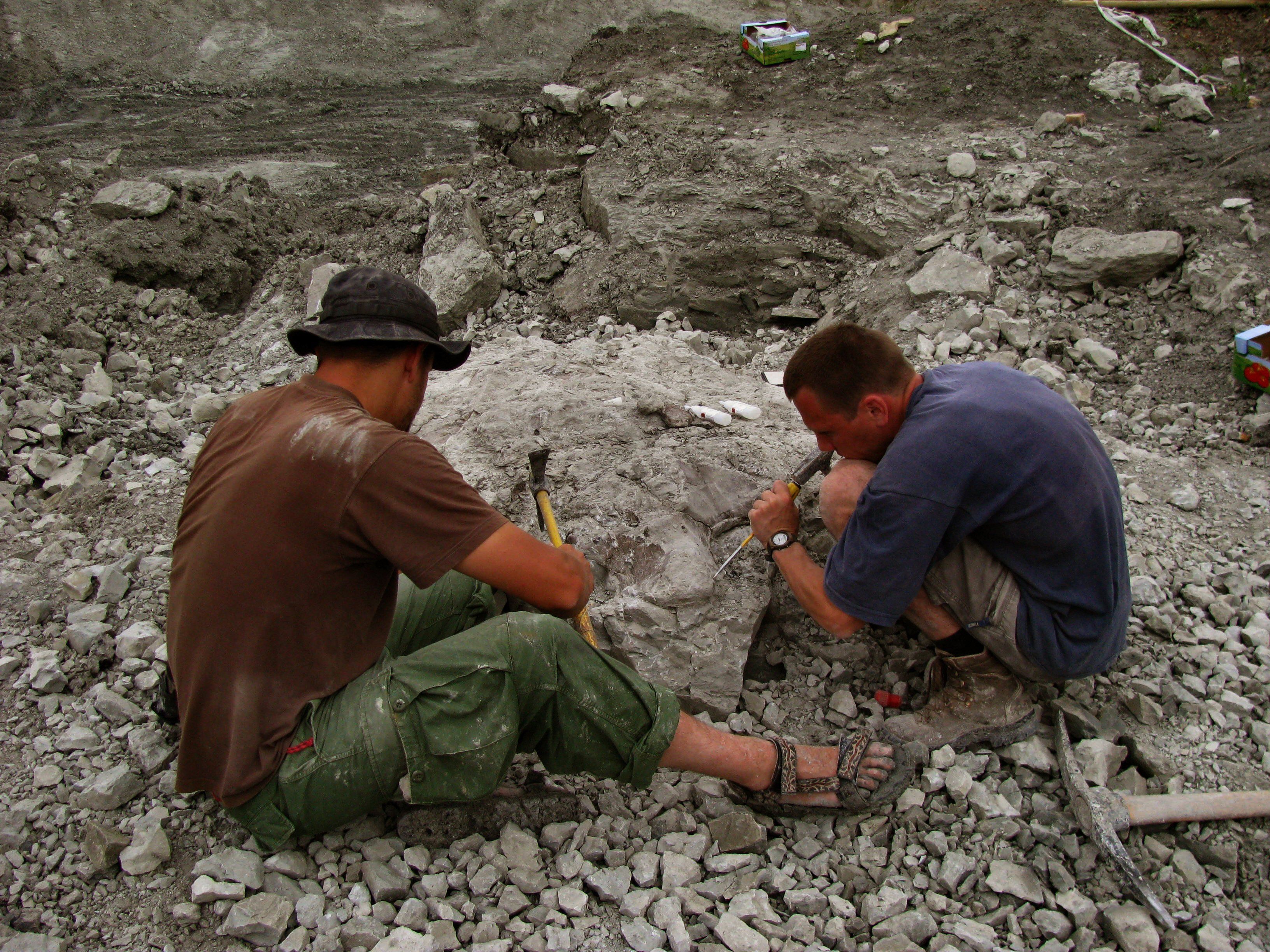
The final phase of the study, representing the end of the Triassic, mirrors the classic vision of the Jurassic period popularized by films like Jurassic Park.
In this phase, the researchers identified the remains of large predators, some of which had diets that included fish scales and bones from smaller reptiles, suggesting that these predators did not engage in elaborate hunts but rather opportunistically consumed whatever prey was available.
Rehabilitating Coprolites: A New Era in Dinosaur Research
Niedźwiedzki is particularly pleased that the study has helped ‘rehabilitate’ coprolites, which have long been undervalued in palaeontological research. ‘Coprolites were often dismissed as insignificant or even ridiculed,’ he notes. ‘But by studying them, we’ve uncovered a wealth of information about prehistoric life that was previously hidden. They offer us a direct link to the diets and behaviors of ancient animals, something that skeletons alone cannot tell us.’
By focusing on long-term ecological processes, rather than sudden catastrophic events like mass extinctions or volcanic eruptions, Niedźwiedzki says he and his team have provided a more nuanced understanding of how dinosaurs evolved and adapted to their environments.
'Understanding the evolution of dinosaurs from an ecological perspective could be key to unraveling the mysteries of their success," Niedźwiedzki says. ‘While our research has answered some important questions, there are still many unknowns, and the path forward is full of exciting possibilities.’
PAP - Science in Poland, Agnieszka Kliks-Pudlik
akp/ agt/ kap/
tr. RL













